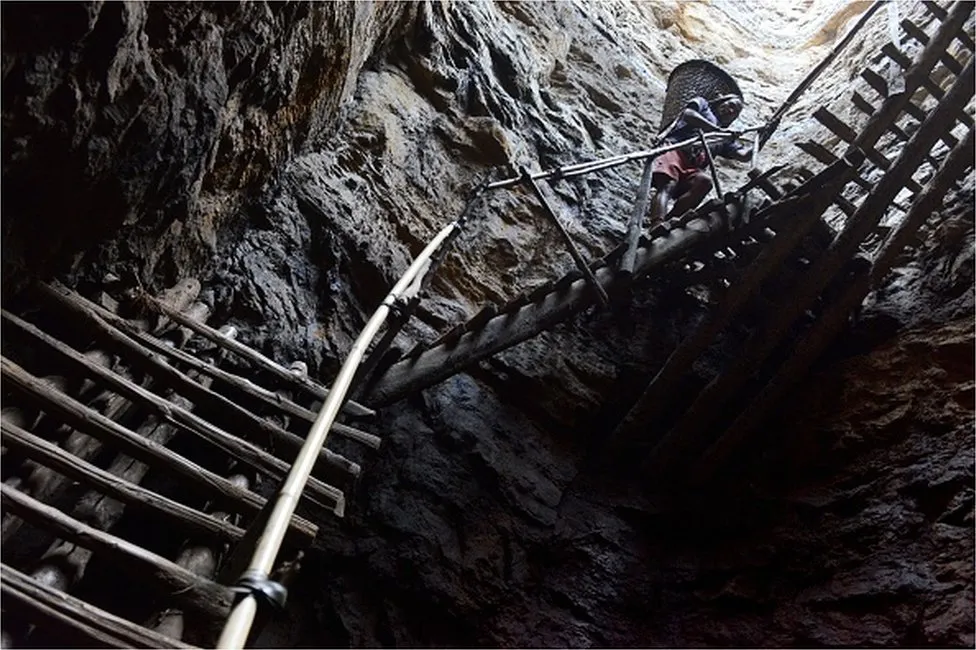How India’s ‘rat-hole’ miners freed 41 tunnel workers.

How India’s ‘rat-hole’ miners freed 41 tunnel workers.
In Uttarakhand, Munna Qureshi was interviewed by reporters on Tuesday evening after emerging from a Himalayan tunnel. “We hugged them, lifted them up, and thanked them for taking them out,” Qureshi said.
He was one of several workers who cleared the last stretch of debris by hand to help free 41 workers who had been trapped for more than 16 days in the under-construction Silkyara tunnel. An 890km-long, $1.5bn (£1.19bn) tunnel – part of the Char Dham project to connect key Hindu pilgrim sites – caved in on 12 November as a result of landslides.
Officials and media have described Mr Qureshi, 29, as a “rat-hole” miner and hailed him as “the hero of the rescue operation.” Lt-Gen Syed Ata Hasnain, a senior official overseeing the mission, said at least one of his mates crawled into the pipe and cleared 12 meters of debris within 18 hours.
According to engineers in Uttarakhand, calling rescue workers who entered the pipe “rat-hole miners” may not be entirely accurate. Many of the ‘rat-hole’ miners at the tunnel worked in cities fixing water and sewer pipes – they are called manual excavators because they go into tight spaces to clean.
During the operation, skilled tunnelling mechanics and manual excavators were deployed at least three times to clear the tunnel of blockages.
Last week, the main auger drilling machine inside the tunnel broke down for the first time, according to engineers who investigated the incident.
A drill machine consists of two main parts, namely an auger or rotating spiral blades, which do the actual drilling and a machine itself, which is powered by an internal combustion engine, an electric motor, or hydraulic power.
